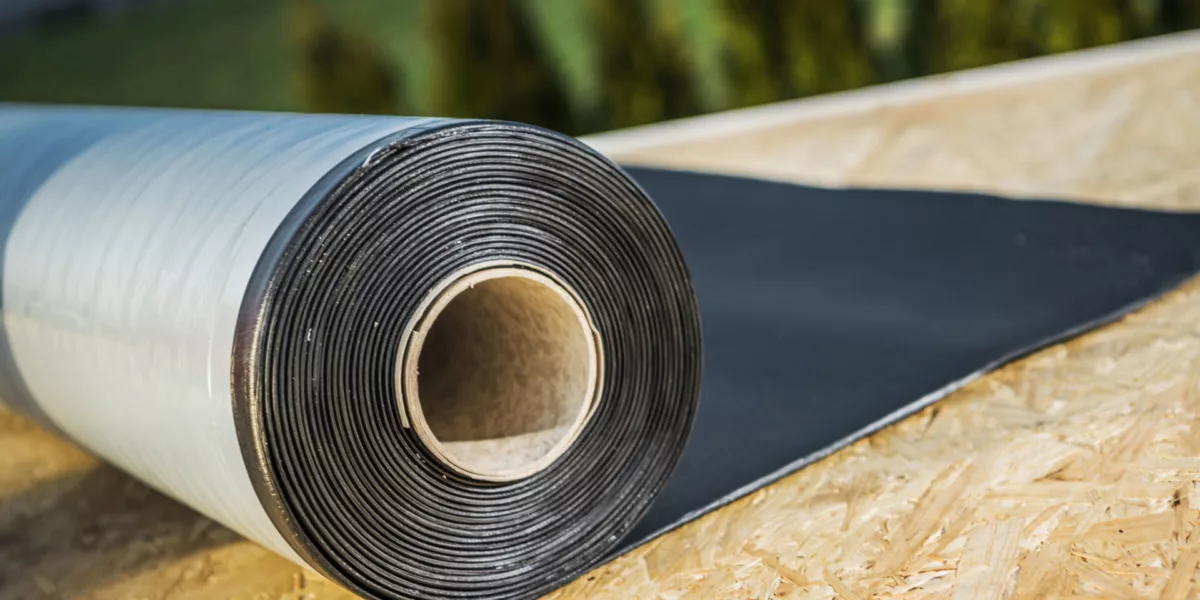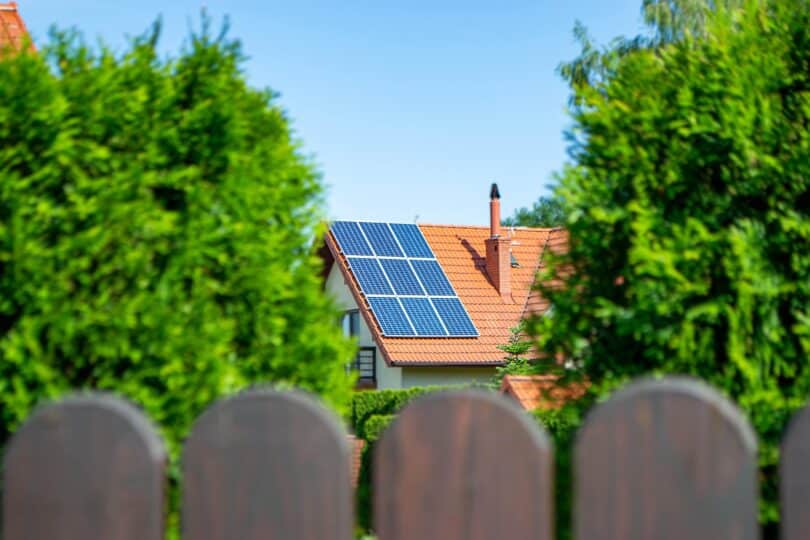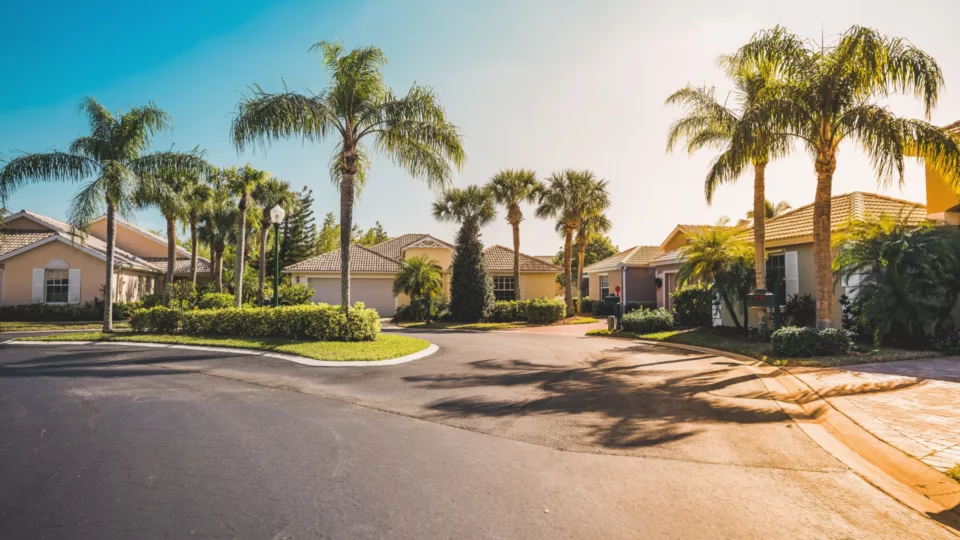In This Article
For both homes and businesses around Tampa Bay, flat roofs are increasingly common. But what do you do when your flat roof needs replaced? Traditional roofing materials like shingles can’t function on a low-slope surface, so many property owners choose rubber roofing membranes like EPDM. This relatively new roofing technology is perfectly suited to flat roofs, which may otherwise struggle with repelling water and staying strong over the years.
How do we know? We’re Classic Roofing & Construction, and we’ve been installing rubber roofing membranes all over Florida for 20 years. That’s why we’re going to share everything you need to know about EPDM and how this rubber roofing membrane can keep your property safe and dry, even with Florida’s unpredictable weather.
What Are Rubber Roofing Membranes?
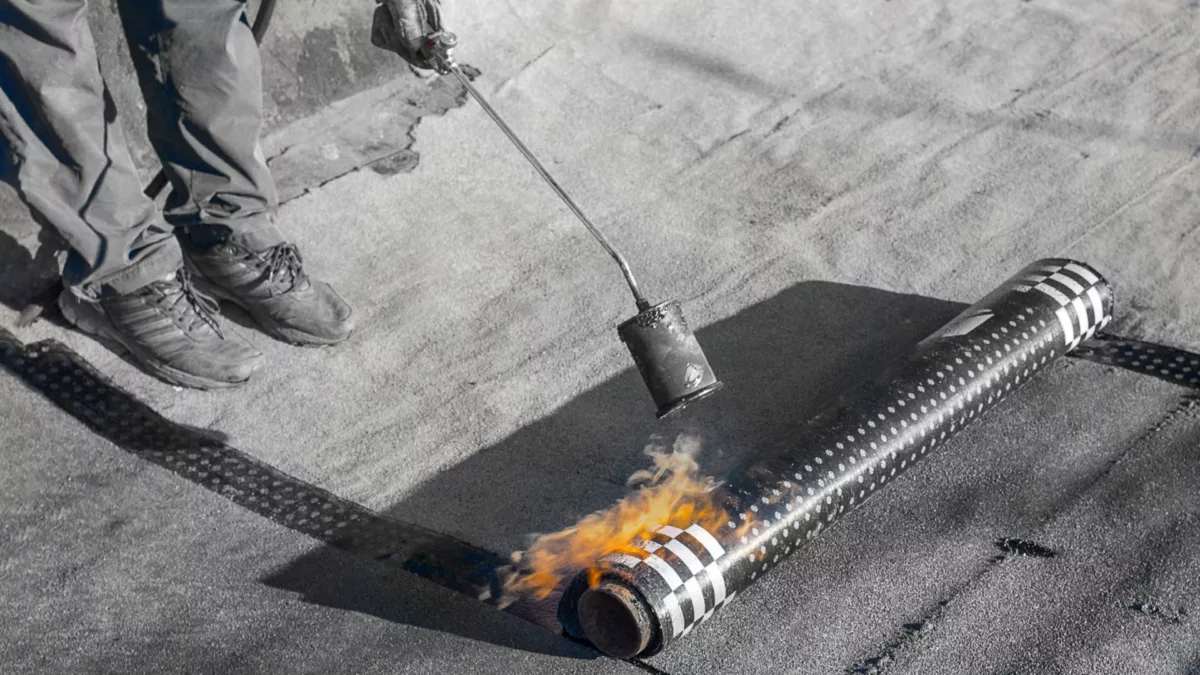
“Rubber roofing membrane” is just a complicated term for a pretty simple concept. A rubberized material is laid out across the length of a flat roof, then tightly adhered so it creates a watertight seal. The idea is that, since rubber repels water, it will keep your roof dry and prevent rot from developing over time. And in Florida, that’s a big problem. Tampa, for example, sees 51 inches of rain per year—much more than the national average of 38 inches.
What makes this technology so exciting? Traditionally, sloped roofs work by letting gravity naturally help water to drain off of the roof and onto the ground. But since low-slope roofs are very nearly flat, it’s easier for water to be trapped on them. When this happens, the water can seep down into the roofing material, leading to issues with algae, mold, and rot.
CLASSIC ROOFING – FAMILY OWNED AND SERVING THE COMMUNITY FOR OVER 20 YEARS
CLASSIC ROOFING – FAMILY OWNED AND SERVING THE COMMUNITY FOR OVER 20 YEARS
But rubber roofing membranes prevent that from happening. Instead, trapped water will occasionally stand until it’s evaporated, but it cannot penetrate the rubber roofing material. This makes your roof last longer since it protects against materials that would weaken the strength of your roofing system.
That’s how it works in concept. But now let’s look at some real facts and features of rubber roofing membranes.
Are Rubber Roofing Membranes Good for Flat Roofs in Florida?
Now that you know how a rubber roofing membrane works, it’s time to look at the features and drawbacks of rubber roofs like EPDM. So, what are the EPDM pros and cons?
Pros of EPDM Rubber Roofs
There is a lot to love about rubber roofing membranes as a property owner in Florida. While Florida’s weather patterns wreak havoc on roofs, rubber roofs stand up to it all beautifully. That’s evident from the main features of EPDM, which include:
- Long Lifespan: When properly installed and maintained, a rubber roofing membrane can last for up to 30 years.
- Weather Resistance: Unlike shingles, rubber roofs leave no way for wind to get under them and cause uplift. This makes them more resistant to high winds, which serves as a great addition to their water resistance.
- Flexibility: Florida roofs withstand a lot of heat from the sun. But rubber roofing membranes stand up to this heat remarkably well. Why? Because they expand with the heat, and then because they’re composed of large amounts of rubber, they easily contract and regain their shape when it cools off. This flexibility means they get worn down by the sun much slower than other roofing materials.
- Eco-Friendly Status: Some older forms of rubber roofing membranes could leave chemicals in water runoff, especially PVC. But EPDM roofs leave the water clean and unaffected, which can keep your local environment healthy and natural.
- Affordability: Price ultimately comes down to a lot of unique factors. But in general, rubber roofs are not considered expensive or luxury roofing materials.
As you can see, EPDM roofs have a lot of advantages for both homeowners and business owners. But what are some of the downsides of using rubber roofing membranes?
Cons of EPDM Rubber Roofs
While there are far more pros than cons for rubber roofing membranes, there are some drawbacks. Cons of EPDM roofing include:
- Puncture Vulnerability: While rubber roofs hold up admirably to the elements, they’re less effective against debris. For example, during a storm with high winds, a branch could be knocked onto your roof and puncture your rubber roofing membrane. In this event, the watertight seal is broken and your entire roofing system is at risk. For this reason, it’s a good idea to perform visual inspections on rubber roofs after major storms to make sure there’s no damage.
- UV Degradation: In general, rubber roofs hold up well against heat. But over time, UV radiation can break them down. This is why people with flat roofs need to conduct biennial roof inspections to address any possible issues before they require a flat roof replacement.
- Disreputable Installers: Rubber roofs are generally fairly simple to install. But EPDM is a new roofing technology, and not everyone in the industry has caught up with how to properly install it. And improper installation can lead to major problems throughout the life of your roof, so it’s essential that you find reliable roofing professionals.
No roofing material is perfect, and these are the common issues that people see with rubber roofing membranes. But up until now, this conversation has centered around EPDM roofing materials. What about other types of rubber roofing membranes?
Other Types of Rubber Roofs
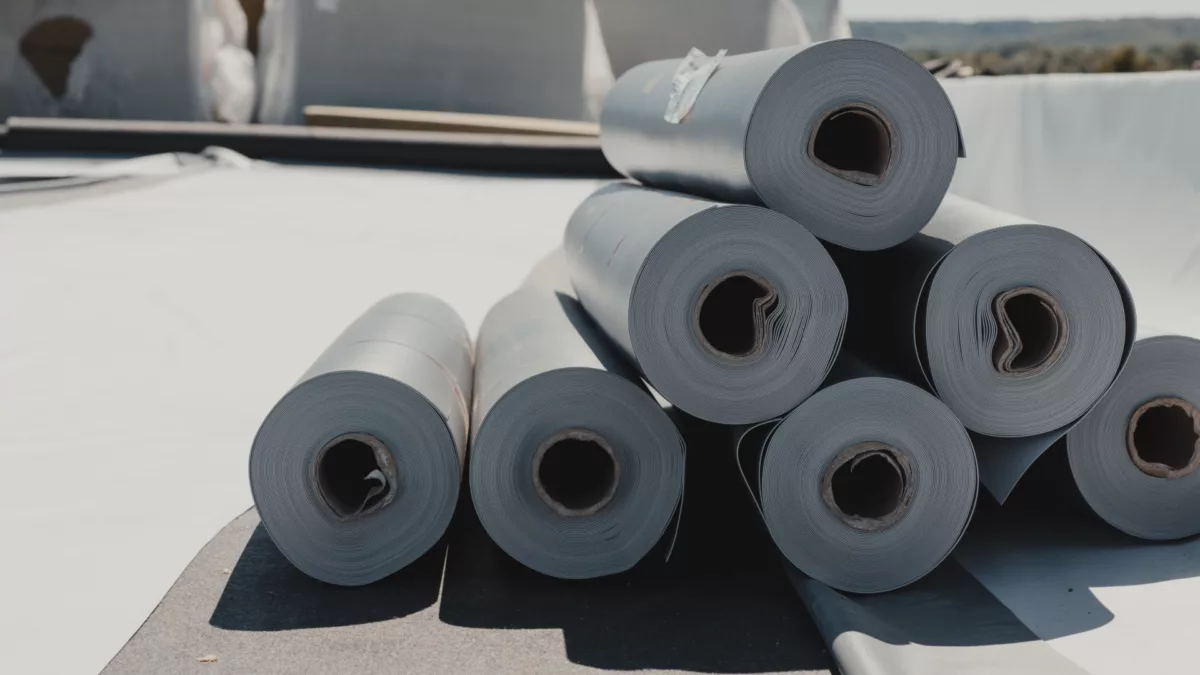
EPDM is one of the most popular types of rubber roofing membranes, but it’s far from the only one. In fact, there are two other options that are popular in the Florida market right now: TPO and PVC. Let’s take a look at these other options and what they could bring to your flat roof.
TPO Roofs
Thermoplastic polyolefin, or TPO, is a rubber roofing membrane with some stark differences from EPDM. Where EPDM is usually black (although other color options are available), TPO roofs are traditionally white, which can help reflect heat away from your home and lower your energy bill.
On the other hand, white will appear much dirtier than black, especially over time. For this reason, many people choose EPDM over TPO when they can see the roof from a window in their home or business.
In terms of performance, TPO roofs degrade a bit faster than EPDM, but you can still expect 20-25 years of life from this rubber roofing option.
PVC Roofs
Polyvinyl chloride, or PVC, is very similar to TPO, in that it’s a white rubber roofing membrane that can last up to 25 years. In fact, these two roofing materials are so similar that their chemical composition is extremely similar, and they’re even installed through identical practices. So what’s the difference?
One big difference is that PVC roofs can contaminate water runoff, as mentioned above. For this reason, PVC has slowly lost popularity as new options like TPO and EPDM have gained ground. While PVC roofs may still be offered, in general, there are better rubber roofing membranes. All you have to do is find the right crew near you.
EPDM Roofing Video
Get Your New Rubber Roofing Membrane Installed
Whether it’s new construction or a flat roof replacement, rubber roofing membranes bring a lot to the table. But just as important as picking the right roofing material is picking the right roofers. And if you need roofing work done in the Greater Tampa Bay area, Classic is the crew to call. With hundreds of five-star reviews and our 100% happiness guarantee, we know that we can give you a great new flat roof.
And starting the process couldn’t be simpler. Just schedule your free roofing estimate online, and one of our roofing experts will inspect your roof and give you a comprehensive estimate for total rubber roofing costs. It’s free, no obligation, and could be the best investment you make in your property!
Award Winning Professionals Are Here To Help!

